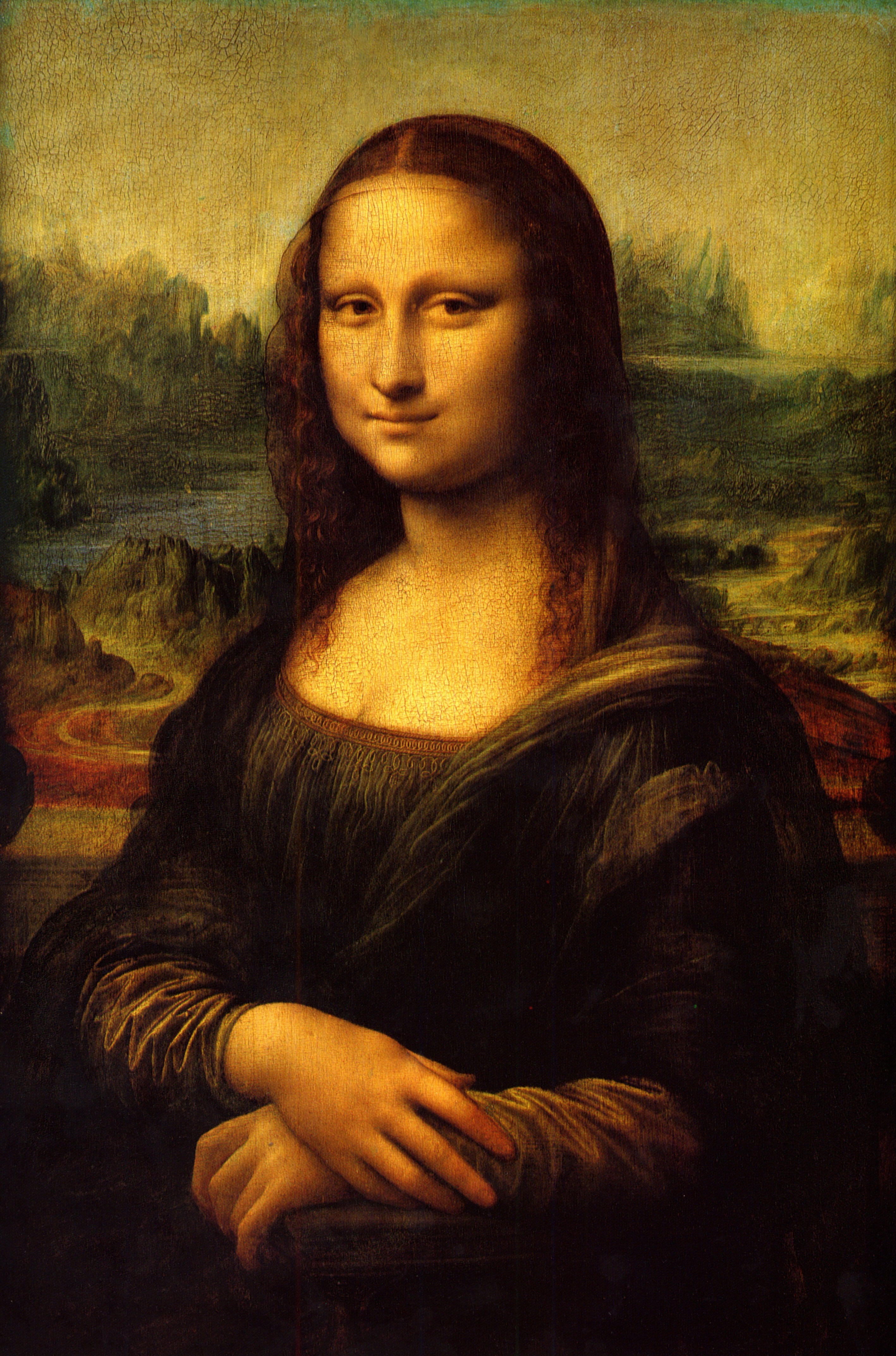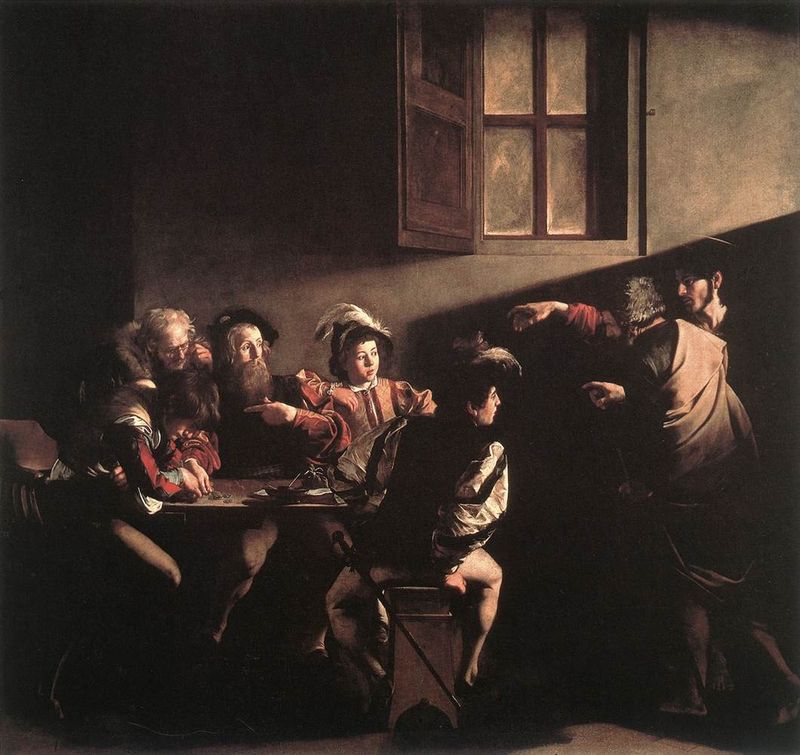Italian painters and sculptors have produced some
of the world’s most iconic works of art, many being placed in the category of
“masterpieces.” The earliest forms of Italian art were Etruscan art. The
Etruscans were among the first to perfect the style known as the fresco. They figured out that if you painted a
picture on top of freshly laid plaster, the paint would dry along with the
plaster, thus preserving the painting. This was such an effective method that
we still have remnants of Etruscan paintings to this day. They also used elements
of the artistic technique known as chiaroscuro to depict depth into their work.
After the Roman Empire took its hold, several
different forms of art emerged. Granted, many of these artistic changes were
influenced by the Greeks. Roman architecture began to utilize distinctive
styles like arches and columns that differentiated itself from other forms of
architecture at that time. The Romans also did quite a bit for city design as
well: they implemented the use of aqueducts, sewers, roads, and apartment
buildings.
 |
| Roman aqueduct with its use of arches |
There was actually still art being made during the
Middle Ages, but it was kind of toned down. This period saw much development in
calligraphy, especially by adding color and gold leaf. But once the Middle Ages
gave way to the Renaissance, new styles of painting and sculpting began to take
off. The city of Florence was one of the main cities where this rebirth of
artistry occurred.
 |
| Mona Lisa |
However, Italy is most widely known for its
Renaissance artists. There were three artists who have reached the master
artist level: Raphael, Michelangelo, and Leonardo da Vinci. Michelangelo is
most widely known for painting the ceiling of the Sistine Chapel; da Vinci’s
most famous paintings are “The Last Supper” and “Mona Lisa” while Raphael is
known for his depictions of the Madonna and other saints and Biblical
characters. Donatello was a famous sculptor, often thrown in the mix with the
master artists, whose sculptures are still enjoyed in Florence, Padua, and
Siena. (Do these four names sound familiar? Yep, these are four men are the
namesakes of the Teenage Mutant Ninja Turtles. Because if there were any men
who evoke the image of tough fighting styles and nipping crime in the bud, it’s
four Italian Renaissance artists.)
 |
| by Caravaggio |
The Baroque period of the 17th century
was widely influenced by Caravaggio. His use of light and dark areas (called chiaroscuro) in his paintings created
quite a dramatic effect. Caravaggio is most associated with chiaroscuro, and
this style had a great influence on Italian art for centuries. There were also
a number of sculptors who emerged during this period as well. Classicist and
Neoclassicist artists began to really use mathematics into their architectural
ornamentation as well as other uses (like painting human figures). The Italians
even had their own version of impressionism, which actually emerged before the
more famous French movement. However, Italian impressionism did not go over so
well with the more established artists and art schools of the time.
 |
| Example of Italian Futurism art |
The 20th century brought along a
plethora of art movements and new styles in painting and sculpture as well as
in fields such as architecture and textile art/fashion. Movements and styles
such as futurism, metaphysical art, minimalism, abstract art, and spatialism
all led Italian artists to make their mark into the 21st century.
Italian literature is generally written in Italian,
but it can also include other related languages as well, like Latin and
Occitan. Much of Italy’s earliest forms of literature came in the form of lyric
poetry, and the vast majority of this was written in Occitan. Occitan is a
language (also known as lenga d’oc) related to Catalan, and it’s also spoken in
areas of France and Spain. (This language is sometimes still referred to as
Provençal or Gascon, although they are actually different dialects. If you’ve read The Three
Musketeers, d’Artagnan was a Gascon.)
| Dante |
The Renaissance was a great period for the arts, and
literature was certainly part of this. Some of the most learned people were
writing, and they were writing a lot. There were treatises on art and history
and government, and prose was also being composed during this time. Some
authors were busy translating other important European texts into their local
languages. There were also still vast amounts of poetry being produced during
this time as well. However, the most important literary figure during this time
is none other than Dante Alighieri. When he wrote The Divine Comedy in 1230, it completely changed the game. This was
the first work that was written in what became the Italian language (more
specifically, the Tuscan language) as we know it. There were many poets who
tried to duplicate his style, but none could reach his level. This major work
was divided into three parts: Inferno,
Purgatory, and Paradise. (I’ve
read Inferno and Paradise but not Purgatory
yet.) An early humanist poet by the name of Petrarch also had much influence in
the shaping of the Italian language and poetry along with Pietro Bembo.
 |
| This is Machiavelli, but I think he looks eerily like The Master from Dr. Who. |
During the latter part of the 1600s, Italy saw a
return to more simplistic poetic styles with a revival of sonnets, madrigals,
and blank verse. After the French revolution, Italian poets started producing
poetic texts highlighting more nationalistic, love-of-country themed poetry.
Niccolò Machiavelli’s The Prince was
famously written during this time. (I read this many years ago.) This book led
to the term Machiavellian, which refers to someone (usually a politician) who
uses lies, deceit, and brutality as the means to achieve blind ambition. Frank
Underwood from House of Cards is an
excellent example of Machiavellianism. One of the most outspoken poets of his
day was Giuseppe Parini. His poems often utilized real life scenarios as a
satirical backdrop to discuss his opposition to things that were going on.
 |
| Six Characters in Search for an Author |
Like other areas of Europe, Italy also was taken in
by the Romantic era of literature. A strong school of this new style was based
in Milan and writers such as Alessandro Manzoni, Giacomo Leopardi and others
certainly made their mark. This movement also stands out for its use of politics
into their works. The 19th and 20th centuries began to
see dramatic changes in the political stability of the country, and this
tension was reflected in their literary works as well. At the same time, these
writers were also influenced in the styles of many other writers across Europe
and the United States. There were now tons of plays, poetry, novels, and short
stories being produced. One play that is fairly known throughout the world is
Luigi Pirandello’s Six Characters in
Search of an Author, produced in 1921. It’s an example of the absurdist
movement that had a major influence on other playwrights and literature. And
Italy is no stranger to the Nobel Prize in Literature. Salvatore Quasimodo was
the first Italian to receive the prize in 1959 for his lyrical poetry; Eugenio
Montale won in 1975 and is also considered one of Italy’s finest poets; and
Dario Fo was awarded the prize in 1997 as a well-known playwright, actor, and
comedian.
Up next: music and dance


Great information... Sharing with you an article about the Statues in Florence in http://stenote.blogspot.com/2018/01/florence-city-of-statues.html
ReplyDeleteWatch the video in youtube https://youtu.be/9FCNU23fySg